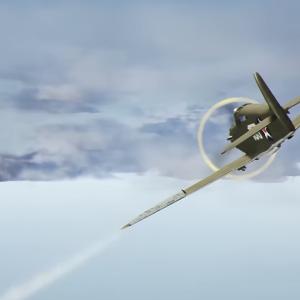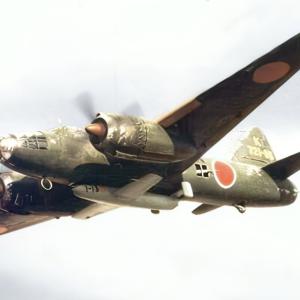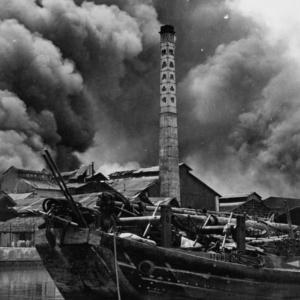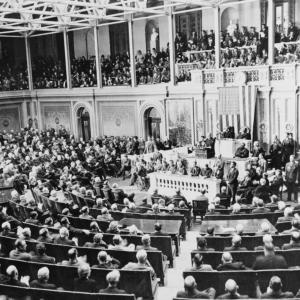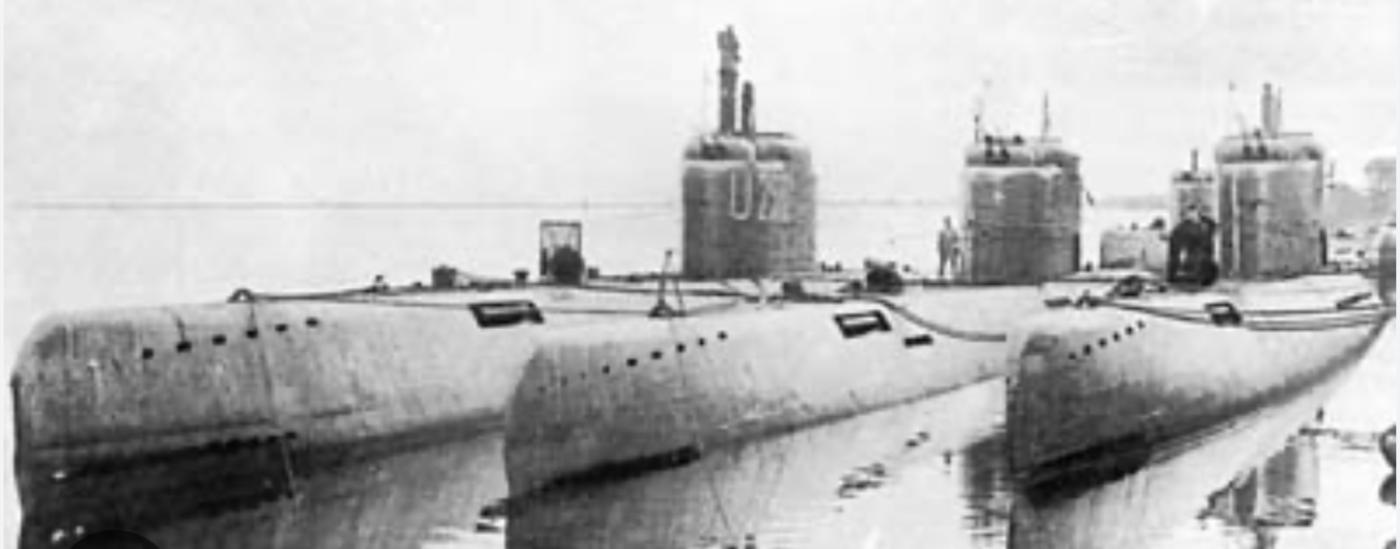
Operation Deadlight
In the aftermath of Germany's surrender in May 1945, the Allied powers faced a difficult question: what should be done with the remnants of the Kriegsmarine’s U-boat fleet? During the war, German submarines had posed a severe threat to Allied shipping, particularly in the Battle of the Atlantic, where they sank thousands of merchant vessels and disrupted vital supply lines. At the time of surrender, approximately 156 German U-boats had been handed over to the Allies, most at ports in Norway, Germany, and the United Kingdom. While a small number of these submarines were of advanced design and considered valuable for study, the majority were obsolete or too numerous to keep. To prevent the resurgence of German naval power and avoid potential disputes among the Allies about the division of spoils, the British proposed a straightforward solution: the large-scale scuttling of the German U-boat fleet in the open ocean. This plan became known as Operation Deadlight.
The concept of Operation Deadlight originated within the British Admiralty, particularly through the Royal Navy’s Western Approaches Command based in Liverpool. The Admiralty's goal was twofold: to permanently neutralize Germany’s submarine force and to do so in a controlled, efficient, and politically neutral manner. The operation was not just a matter of military necessity; it was also symbolic. By sinking the U-boats, the Allies would eliminate one of the most visible and feared components of Hitler’s war machine, a final gesture of victory over the threat that had stalked Allied shipping lanes for six long years.
Of the 156 surrendered submarines, 116 were selected for disposal under Operation Deadlight. The remaining U-boats were either retained for technical evaluation or allocated among the major Allied powers (Britain, the United States, and the Soviet Union) under prearranged agreements. A few were also preserved as museum pieces or test subjects for weapons development. The 116 condemned submarines were collected at ports in Northern Ireland and Scotland, notably Lough Foyle near Derry and Loch Ryan near Stranraer. From these gathering points, the vessels were towed out to three designated deep-water disposal sites in the North Atlantic, located roughly 100 to 150 miles northwest of the Irish coast. The intention was to sink the U-boats in waters deep enough to ensure they could not be salvaged and reused.
The operation officially began in November 1945, just months after the war ended, and continued into early 1946. It was initially planned as a carefully coordinated effort, using Royal Navy tugs and escort vessels to tow the U-boats into position before scuttling them using explosive charges, naval gunfire, or aerial bombing by RAF aircraft. However, in practice, Operation Deadlight proved much more challenging than anticipated. Many of the U-boats were in poor condition—some had been damaged before surrendering, while others had deteriorated significantly after months of inactivity and exposure to the elements. As a result, a significant number of the submarines sank prematurely during towing operations. Of the 116 U-boats slated for destruction, at least 56 foundered or broke apart before reaching their designated scuttling areas.
The remaining U-boats were successfully sunk according to plan, often in dramatic fashion. British destroyers and cruisers opened fire on the submarines with deck guns, and RAF aircraft, including Consolidated B-24 Liberators, dropped depth charges and bombs to ensure total destruction. The operation was carried out with a methodical but somber sense of purpose. For many involved in the operation, the sinking of the U-boats marked not only the closure of a long and costly maritime campaign but also the symbolic end of a dark chapter in naval history.
Despite the thoroughness of the operation, not every U-boat met a watery grave. About ten submarines were spared, either for technological study or for redistribution among the Allied nations. Among the most famous was U-505, which had been captured by the United States Navy off the coast of West Africa in 1944. It was later towed to Chicago and placed on permanent display at the Museum of Science and Industry, where it remains today as the only Type IXC U-boat on public exhibition in the Western Hemisphere. Other advanced models, including the highly sophisticated Type XXI "Elektroboote," were closely examined by Allied engineers and influenced post-war submarine development in both NATO and Soviet fleets.
Operation Deadlight concluded in February 1946, having successfully removed the bulk of Germany's surrendered submarine fleet from existence. In total, 116 U-boats were slated for disposal, and over 100 were sunk either at sea or during the towing process. Today, many of the sunken vessels still rest on the seabed of the North Atlantic, lying at depths of up to several hundred meters. These rusting hulls, some remarkably intact, have become points of interest for marine archaeologists and divers, though the remoteness and depth of the sites make exploration difficult.
The operation remains a lesser-known yet significant episode in the broader history of World War II. It represents one of the largest single acts of naval disarmament ever carried out and serves as a powerful reminder of the destructive potential of submarine warfare. More than that, Operation Deadlight stands as a deliberate and symbolic act by the Allies to erase the last vestiges of Hitler’s U-boat fleet from the oceans they once terrorized.

